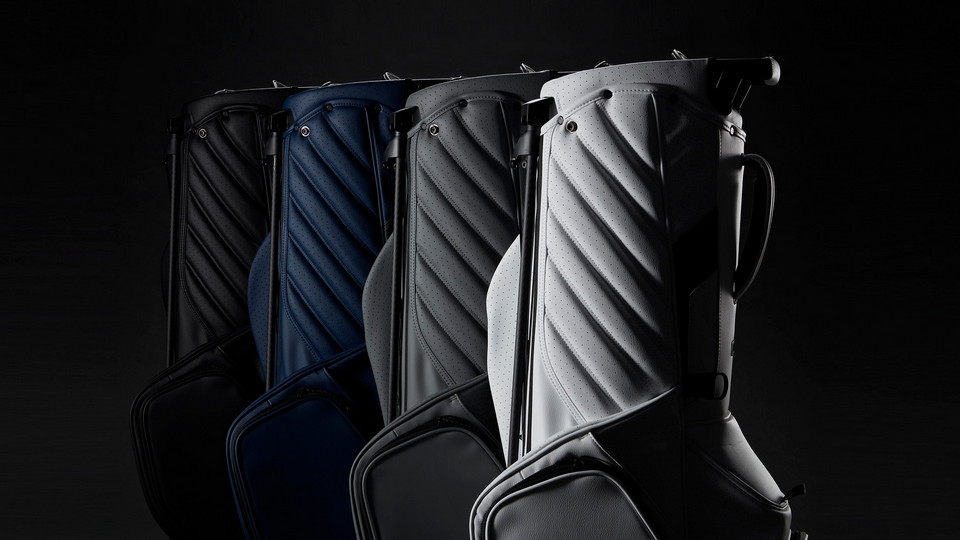Last week the Royal & Ancient Golf Club of St Andrews (R&A) and the United States Golf Association (USGA) announced they were going to do something about the fact that modern-day equipment means professional golfers are able to hit the ball too far. Well, perhaps they are. It’s certainly a definite maybe.

After a two-year study, the two governing bodies (the USGA sets the rules for the US and Mexico, the R&A for the rest of the world) declared in a 15-page report entitled Distance Insights Project: “Golf will best thrive over the next decades and beyond if this continuing cycle of ever-increasing hitting distances and golf-course lengths is brought to an end.” Martin Slumbers, chief executive of the R&A, said: “We have come at this from a point of view of trying to find a solution to what is a very difficult problem.” There will now be a year-long consultation period.
This issue intermittently gets raised and hangs around until it goes away again, where it remains until it resurfaces. To be honest, I rather expected to find that Theresa May had been on the relevant committee, given that when it comes to can-kicking down the road the former PM is without peer, as she repeatedly displayed when endlessly doing that very thing during her interminable Brexit negotiations. She could probably kick one the entire length of the M1, which is about how far Rory McIlroy could drive a golf ball down a tarmac highway if you took the inclines out.
The R&A and the @USGA have today released the Distance Insights report, the most comprehensive look at this issue in the game’s history.
— The R&A (@RandA) February 4, 2020
Click here for more information👉 https://t.co/HBxsQwEtLB pic.twitter.com/q3hTvPDiog
But let’s be fair. While in theory the two organisations could have announced a rolling back of the ball (the most straightforward ‘solution’, given that the size of driver heads has long been restricted to a maximum of 460 cc), that would have been an open invitation for a lawsuit from an equipment manufacturer, or all of them. It is true to say that the R&A and USGA have trod carefully around this subject since the PGA Tour got in a terrible mess in the 1980s with its lawsuit against Karsten Solheim regarding the square grooves in some Ping irons, although a major difference here would be the fact that the rule-makers would be taking action on behalf of the game as a whole rather than against one particular manufacturer. Then again, the PGA Tour, European Tour, etc, may not have been too thrilled had any unilateral action been attempted. Huge-hitting is part of the appeal of their ‘product’. For example…
In 1995, the top-20 longest hitters in the men’s game averaged 278 yards off the tee. Last year, that was up to 310 yards. In 2000, John Daly was the long dog on the PGA Tour with an average drive of 301 yards. Last season, Cameron Champ was top with 318 yards. Another stat re Daly always stays with me. In the 1999 US Open at Pinehurst, Daly’s average belt was 286.3, the longest in the field. In the same championship at the same venue in 2005, all 64 players who made the cut were longer than that. Whether you regard it as a good thing or a bad one, the golf ball is being hit a lot further than it used to be…and it’s not all down to all that time in the gym.
The extra length that traditional championship courses have to add in order not to become obsolete – for the Open at St Andrews next year, expect some tees to be parked on other courses adjoining the Old Course – gradually takes the game away from its roots. Furthermore, more length means more use of water for course maintenance, which is not environmentally sustainable. Longer courses also mean longer rounds, which is precisely what the pro game does not need now.
The idea of bifurcation – separate rules governing equipment for the professionals on the one hand and the rest of us on the other – has long been resisted, not least by ‘traditionalists’ who contend we must all ‘play the same game’ (even though manifestly we don’t). A complication is that the R&A and USGA make rules that affect the players on the pro tours, and it would be awkward if the players on those tours did not like the changes to those regulations. The two bodies could strong-arm it, of course – announce that from (say) 2022, competitors in the Open and US Open would have to play a ball, produced by their chosen manufacturer, which had new specifications meaning it would fly less distance than at present. Augusta National would be likely to go along with that for the Masters. In some respects, the R&A and USGA have such clout not because of their status as ruling bodies but because of the status of their main events. Then we would see if the tours were willing to step into line at that stage.
Jack Nicklaus pointed out at the 2016 Masters that in his view it would be preferable to change the ball rather than keep on lengthening Augusta. On the other hand, equipment manufacturers like to be able to sell us “the ball that Tiger uses”. In the opinion of some people who know, if the ball had a maximum compression of 80 (rather than being in three figures as at present) such a reduction would have a negligible impact on the performance of handicap golfers while reining in the gorillas of the pro tours. That, or bifurcation, may ultimately be the way ahead.
We shall see how all this shakes out but let’s hope the debate doesn’t turn out to be merely so much hot air and in a year or so’s time we are being informed that the subject has again been kicked into the long grass – which, of course, one can find just off any green at any US Open set-up.
You can follow Robert Green on Twitter @robrtgreen and enjoy his other blog f-factors.com plus you can read more by him on golf at robertgreengolf.com



